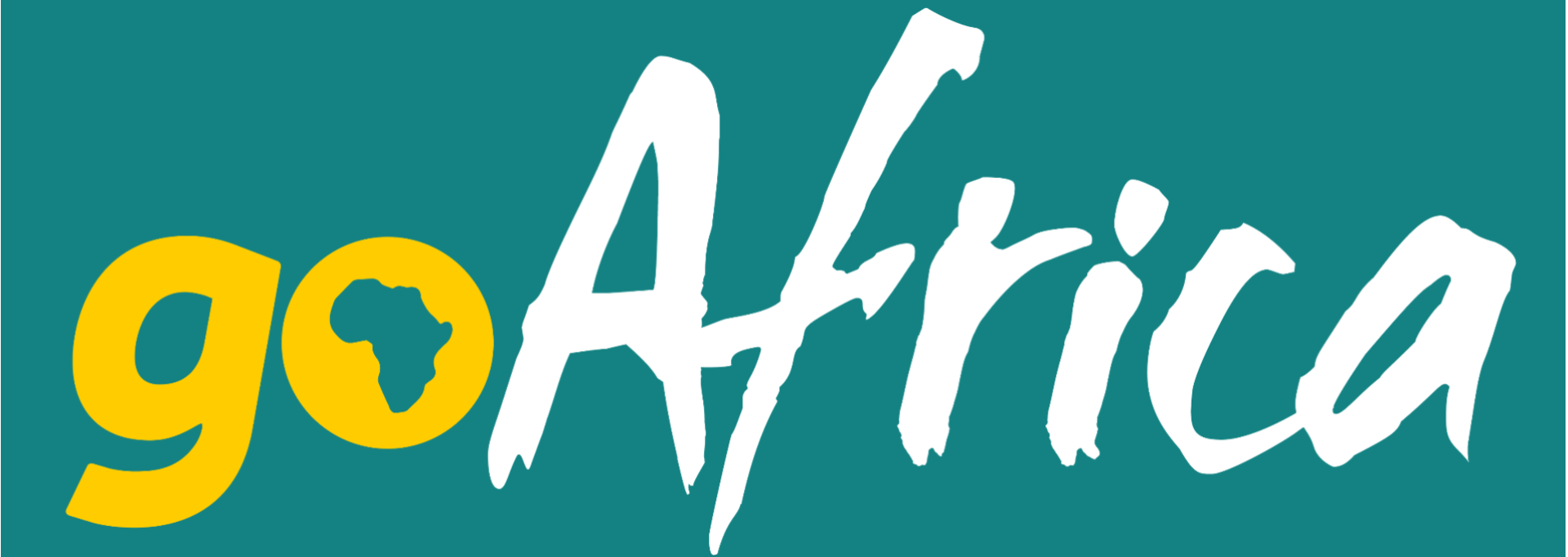
Kenya, Ministry to cap visitors in safari parks
- S BYSystem Admin
- Give a Recommendation
- DATE 06/11/2022
The Ministry of Tourism and Wildlife plans to cap the daily number of visitors allowed in some national parks and game reserves to reduce high season overcrowding and push all-year travel.
This means that the high-volume parks and reserves, Masai Mara, Amboseli and Nairobi National Park, will not allow visitors above their capacity of 32,000, 13,0000 and 10,000 visitors per month respectively.
The number of visitors, will be limited using an online ticketing and digital payment system that the Kenya Wildlife Service (KWS) plans to roll out.
The tickets to be generated by the digital system will show details of the traveller such as validity date, and have a cost breakdown showing fees, including portions allocated for conservation and park development.
The move comes amid concerns of congestion of tourists and safari vehicles in parks and reserves such as Masai Mara, especially during the great wildebeest migration season, threatening wildlife, and reducing the destinations’ international tourism standards and appeal to visitors.
The capping is, however, set to raise entry rates during the high season due to demand. Visitors will also be obliged to book park entry tickets in advance to manage influx and prevent fraud at the gate.
Tickets will be non-transferable and will be tagged against personal ID or passport number to prevent reselling by large tour operators.
The plan is part of a strategy for the tourism industry for five years to 2025.
It comes as parks pulled higher ticket sales driven by locals in the pandemic period amid disruption in global travel. The industry also expects a continued recovery and a high number of international tourists. The total number of visitors in national parks and game reserves rose by 40.8 percent in 2021 to 1.28 million from 913,052.
0 Comment
No Comments
Messages
{{unread_count}}
Chat with: {{currentConversation.display_name}}


